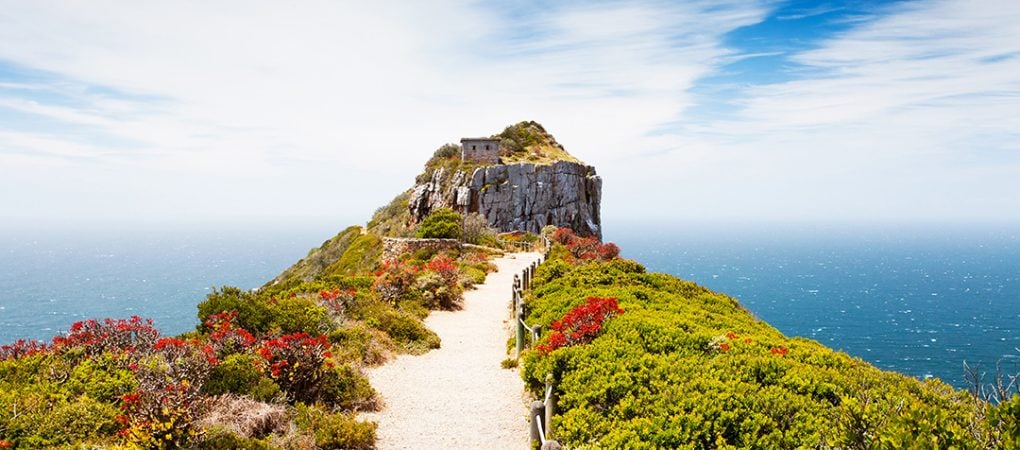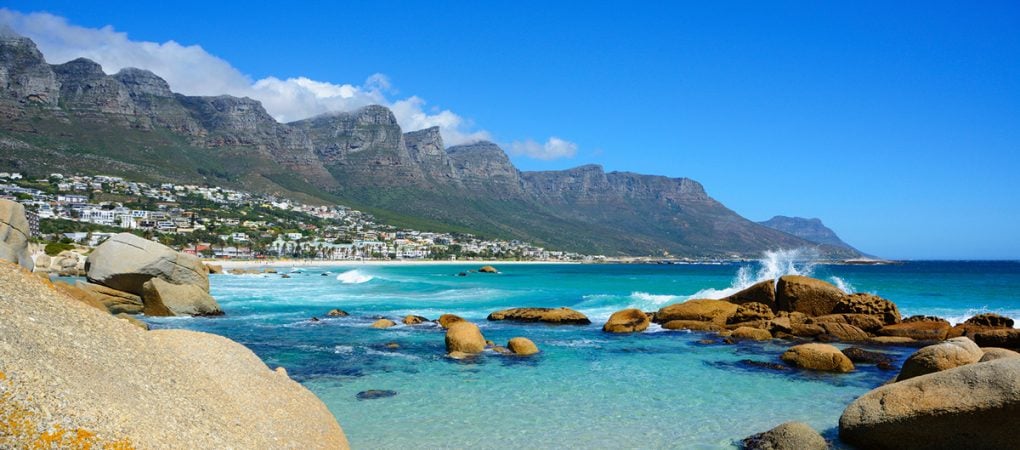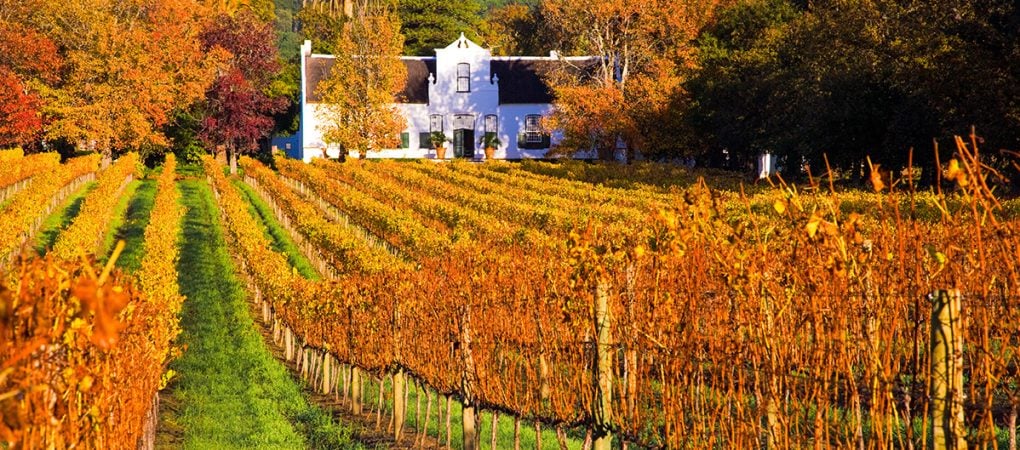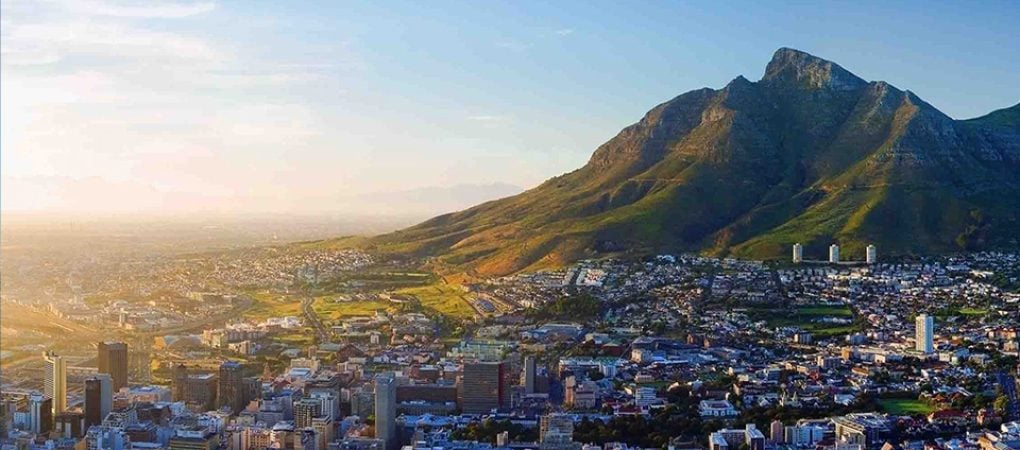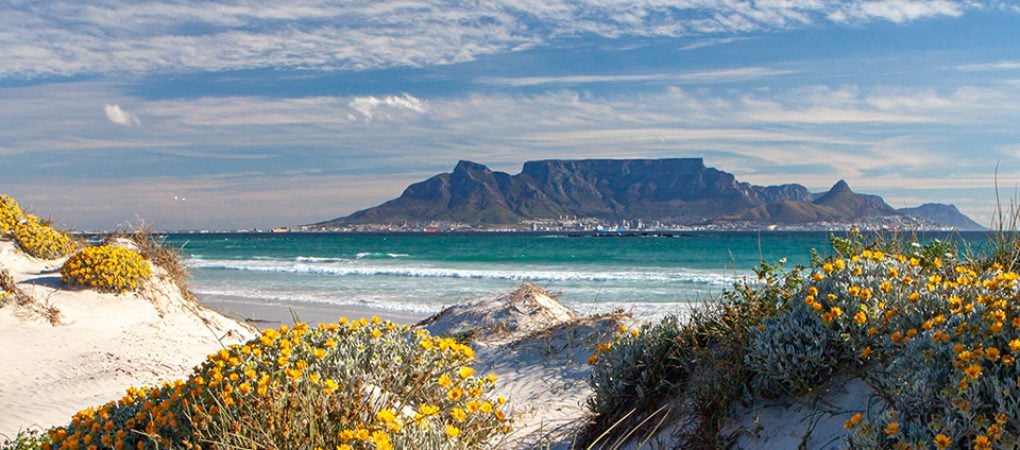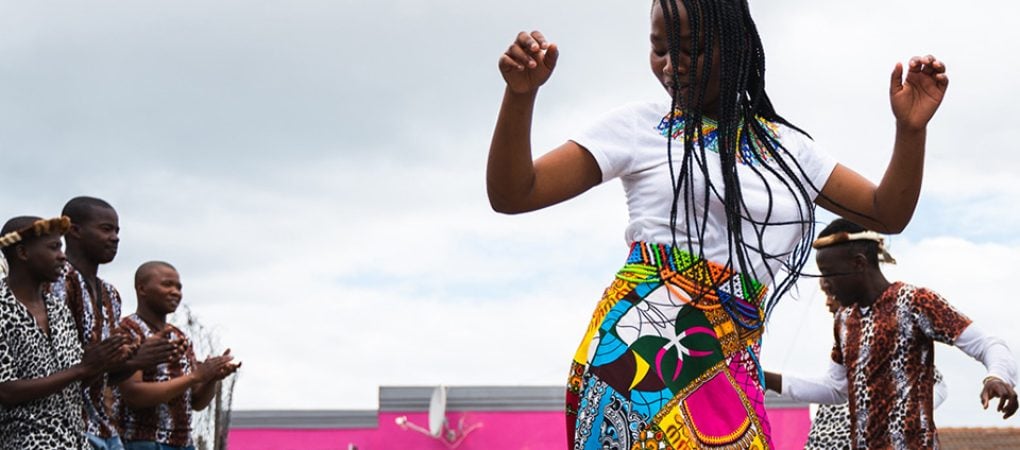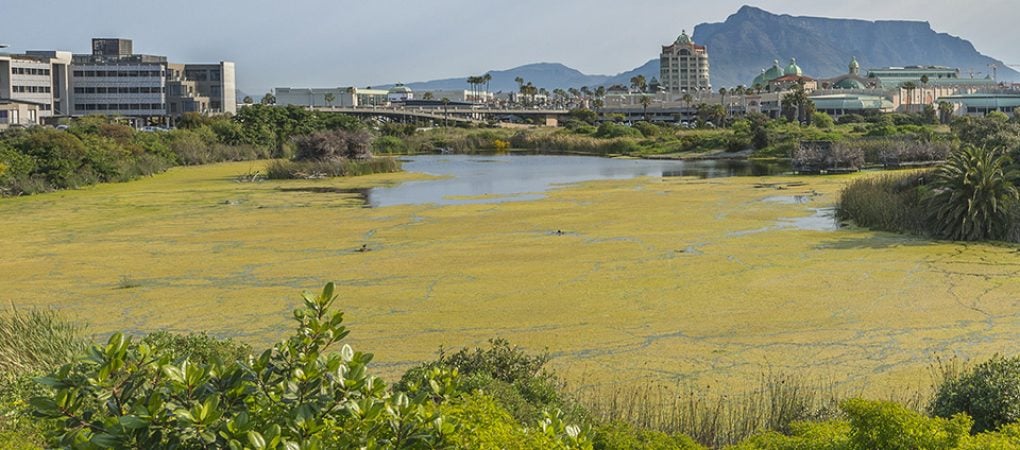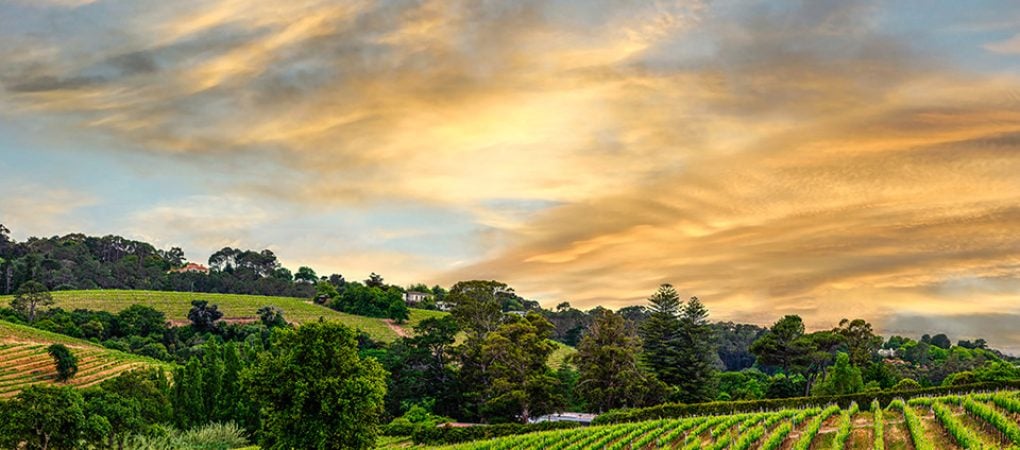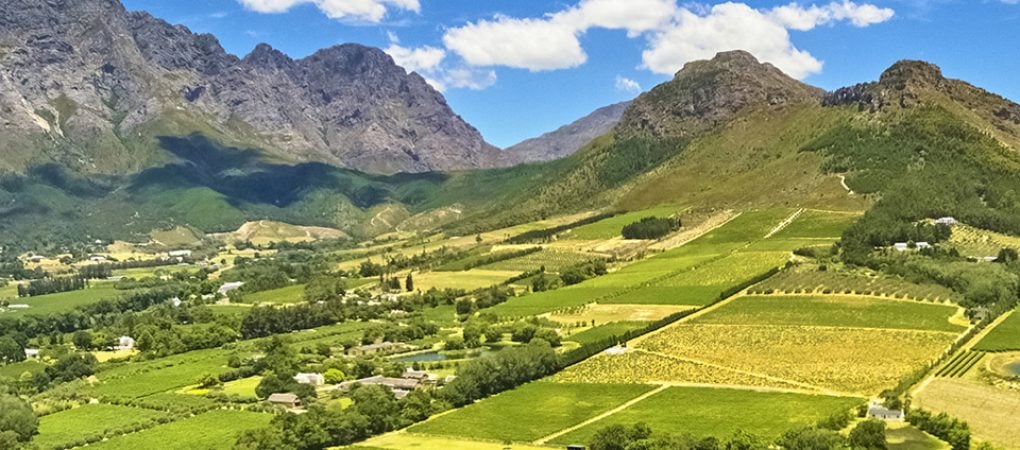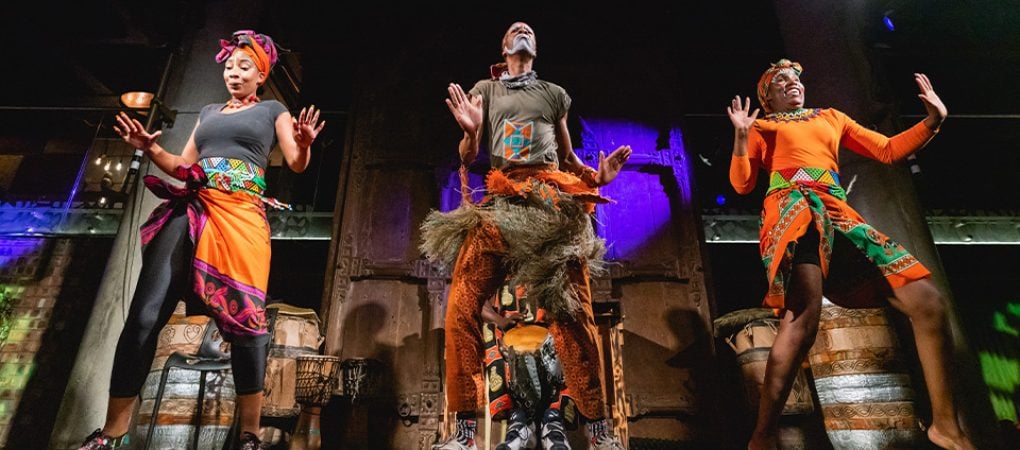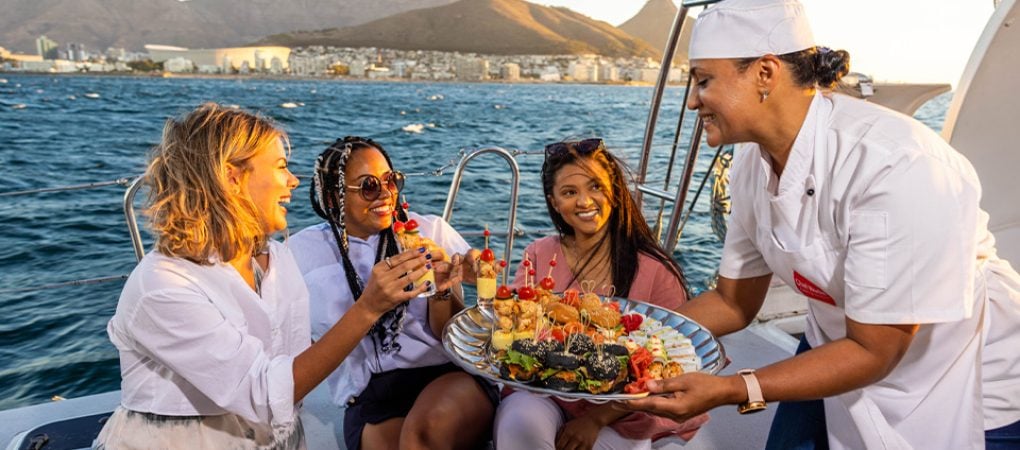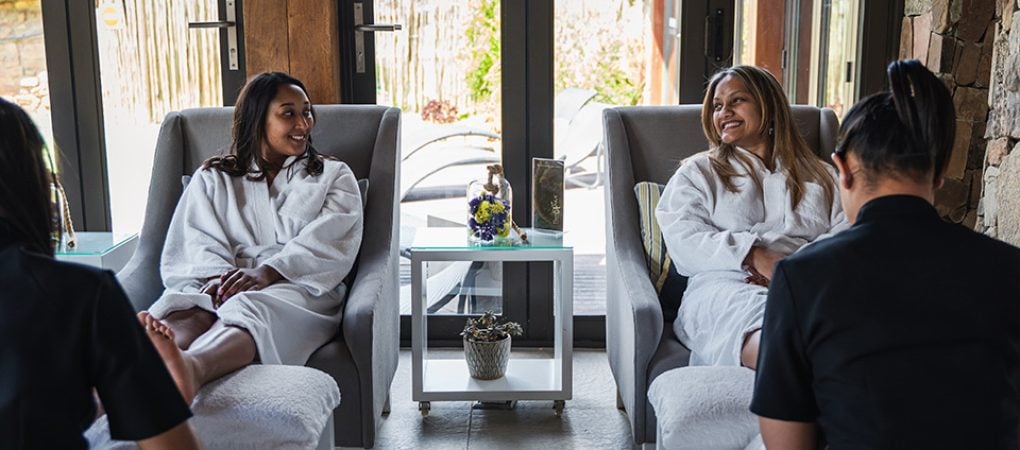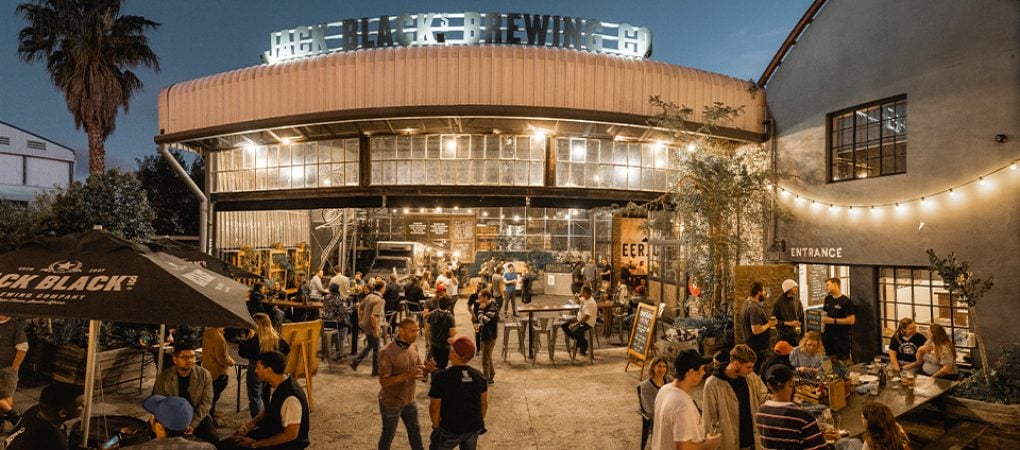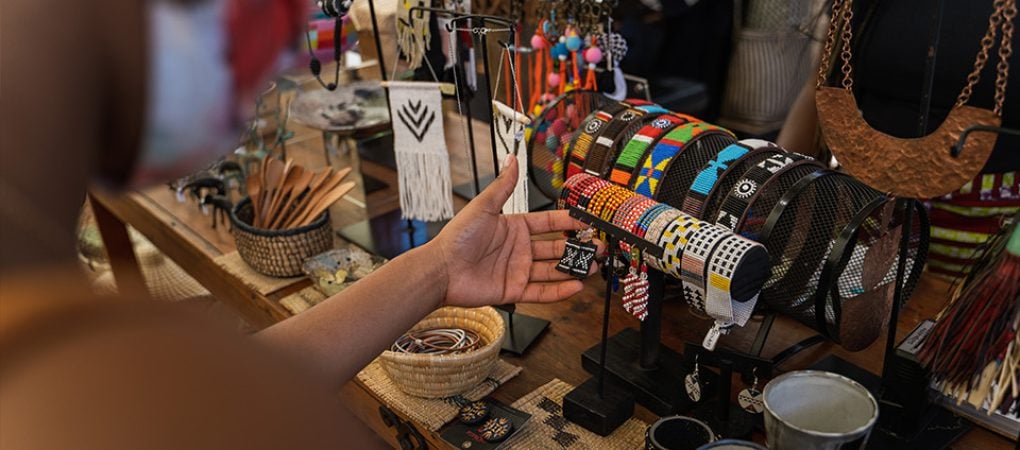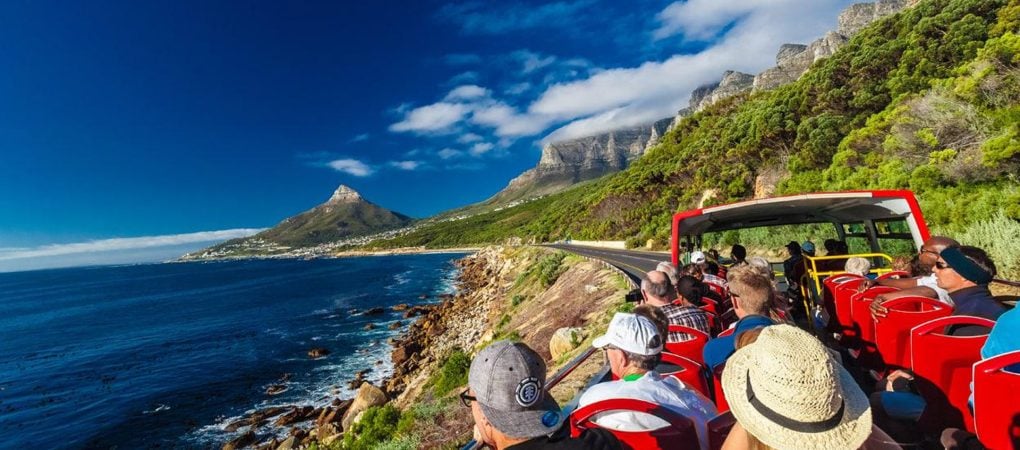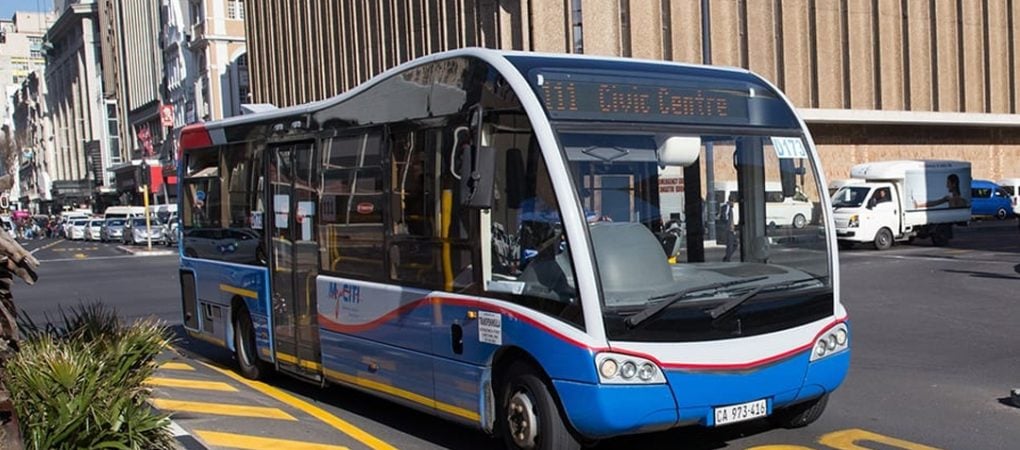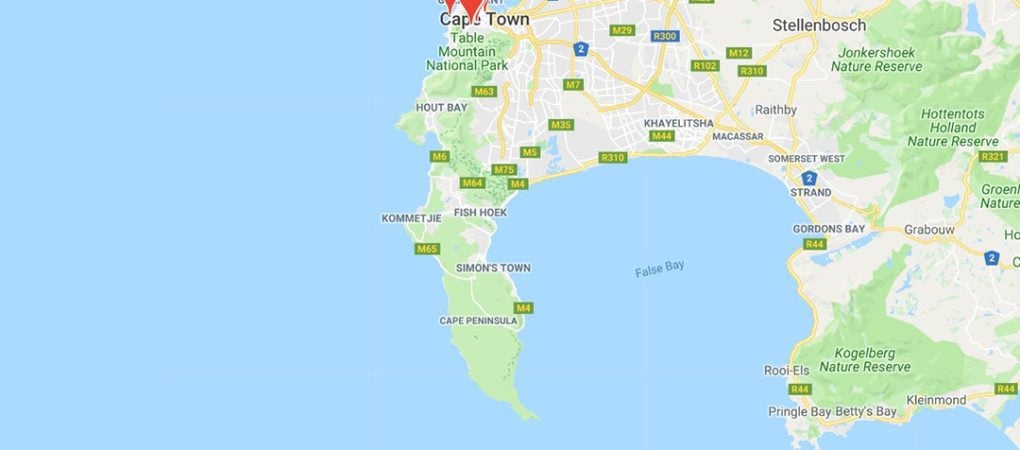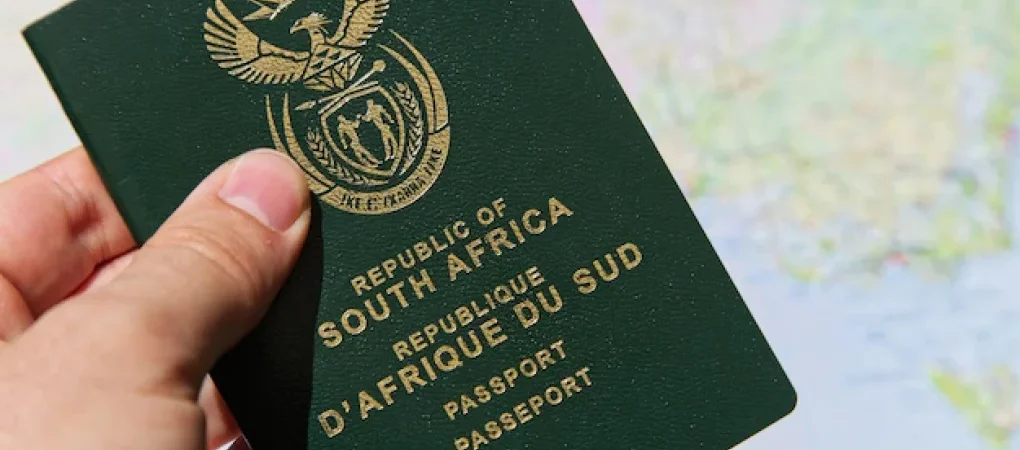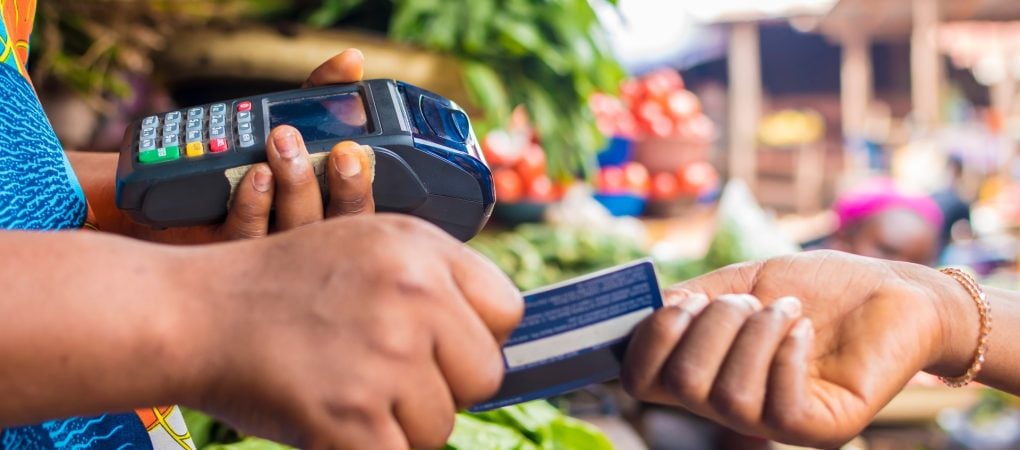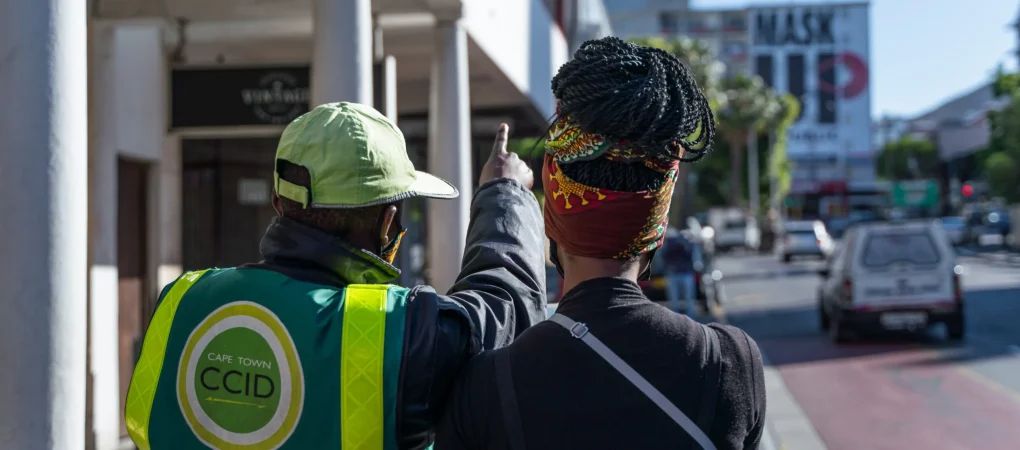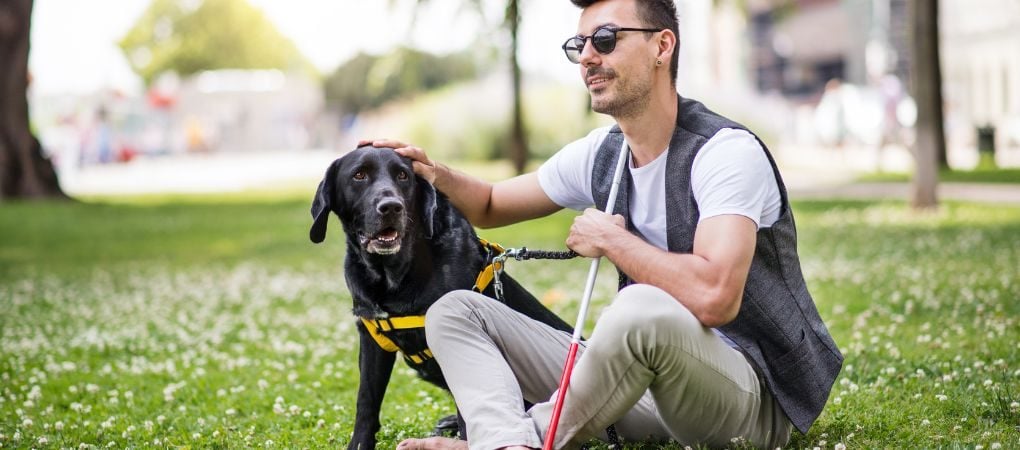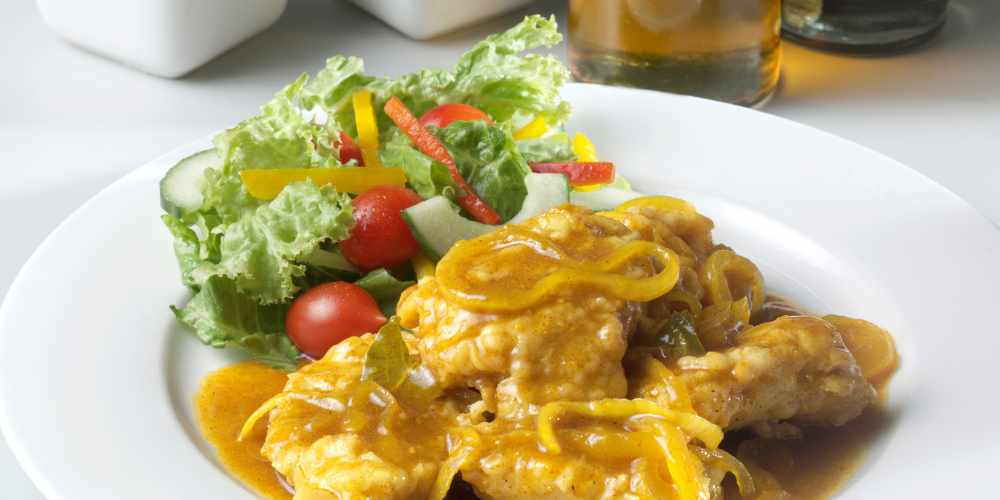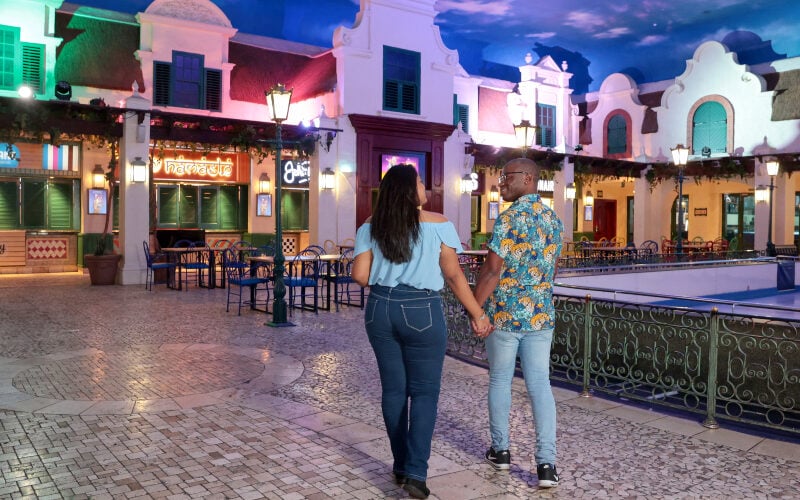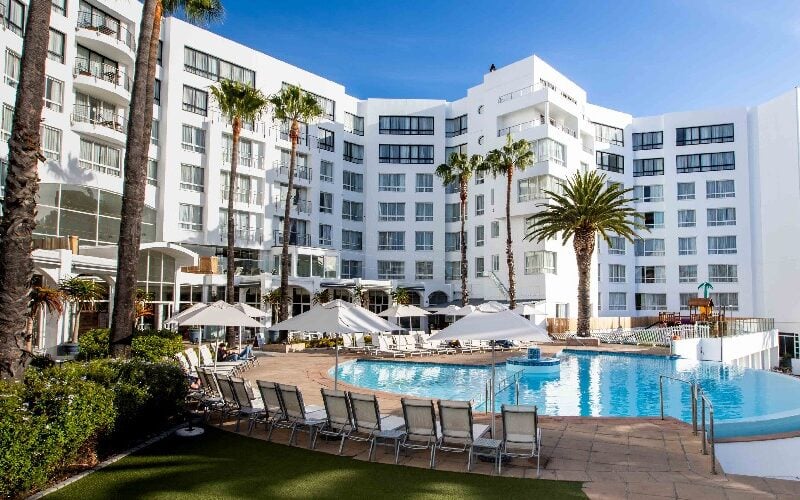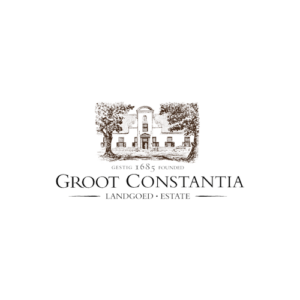Cape Town is a melting pot of people and cultures, and the city’s diverse heritage can be explored through its historical architecture and colourful cuisine. Get started here…
San
Although the San people were the original inhabitants of South Africa, they were systematically marginalised and eradicated by a series of colonisers. Sadly, not much of their rich heritage remains. However, 70km north of Cape Town, up the West Coast, you’ll find the San cultural centre – !Khwa ttu. A visit to the replica San village will give you insight into how the San lived for millennia, and your guide will demonstrate how the San track animals, shoot with a bow and arrow, and use medicinal plants.
Get a Taste at: While the menu isn’t exactly authentic, the restaurant at !Khwa ttu does offer up a good selection of game meat. Think succulent eland kebabs, springbok carpaccio, and traditional venison bobotie.
Website: www.khwattu.org
Dutch
While there are plenty of architectural reminders of the Dutch colonisers around Cape Town, if you want to get a proper feel for the country’s Dutch heritage, you should visit the second oldest town in South Africa – Stellenbosch. Here you’ll find the Stellenbosch Village Museum. The museum precinct is made up of four houses – Schreuderhuis, Blettermanhuis, Grosvenor House and OM Berghhuis. Each house represents a different architectural period and is furnished and decorated accordingly. The guides, dressed in period costume, share stories and snippets of Stellenbosch’s history.
Get a Taste at: Fyndraai Restaurant at the Solms-Delta wine estate explores Cape culinary traditions. In addition to Afrikaner boerekos, you’ll also find Cape Malay influences. For a fancier offering, head over to Pierneef a La Motte Restaurant in Franschhoek, which serves Cape Winelands Cuisine. These dishes are based on recipes brought to the Cape by European settlers in the 17th century but have a decidedly modern twist.
Cape Malay
In the 18th century, the Dutch sent political exiles, slaves and convicts to the Cape from India, Sri Lanka, Malaysia, and the Indonesian Archipelago. These individuals and their descendants became known as the Cape Malays and many of them eventually settled in the Bo-Kaap. If you visit the Bo-Kaap, you’ll find not only the oldest mosque in the country – the Auwal Mosque in Dorp Street – and the oldest Muslim cemetery – the Tana Baru Cemetery – but also a museum dedicated to showcasing local Islamic culture and heritage. Housed in a building that dates back to 1768, this museum is known as the Bo-Kaap Museum.
Get a Taste at: If you’re after traditional Cape Malay cooking, you can’t go wrong with the Bo-Kaap Kombuis. Owned by Yusuf and Nazli Larney, this restaurant serves up dhaltjies, frikkadelle, beef tamatie bredie, traditional artepil porring, and Bo Kaap koeksiesters.
French Huguenots
In 1685, when Catholic France did away with religious tolerance, hundreds of thousands of French Huguenots (who were Protestant) fled to neighbouring countries. Roughly 200 of those who fled to the Netherlands took up the offer of free passage to the Cape colony. The French Huguenots settled in what is now known as Franschhoek (‘French Corner’) and although French soon disappeared as a home language, the influence of the French Huguenots can still be seen in South African surnames and the strong tradition of winemaking.
While you are in Franschhoek, visit the Huguenot Monument and the accompanying Huguenot Memorial Museum, which recognises the role these early settlers played in shaping the Cape.
Get a Taste at: If it’s French fare you’re after, visit the Orangerie at Le Lude, where you can expect classical French cuisine with contemporary flair. While you are there, be sure to taste the estate’s excellent Méthode Cap Classique – South Africa’s take on champagne. Alternatively, get your fix of duck, moules-frites and crème brûlée at The French Connection.
British
You need look no further than Cape Town’s V&A Waterfront to find physical evidence of British rule in the Cape, however, if you’re after something a little more period specific, Bertram House, which is situated at the top of Government Avenue, is a good bet. This house, which was built by an English immigrant, John Barker, in 1839, is the only remaining example of the English Georgian-style red brick houses that were once common in Cape Town.
The house, which was turned into a museum in 1984, is furnished to depict the home of a wealthy English family in the first half of the 19th century. Once you are done visiting the museum, take a stroll through the Company’s Gardens. Although the Garden was initially set up by the Dutch, it was under British rule that a portion of the Garden was released as a public open space.
Get a Taste at: It doesn’t get much more British than Afternoon Tea, and if you are looking for a place that serves tea with all the swank and pomp of the British aristocracy, you can’t go wrong with the Belmond Mount Nelson Hotel. Think finger sandwiches, freshly baked scones, and a Mount Nelson blend of Darjeeling, Kenya, Assam, Keemin, Yunnan, Ceylon, and rose petals from the garden.
South African Tribes
For a fuller picture of Cape Town’s history – and the heritage of all her people – one needs to look beyond the historical buildings and stately wine farms. Under the apartheid government, various laws were passed to enforce racial segregation and to control the movements of those who were not deemed white. Because of these restrictions many black labourers were forced to leave their families and live in hostels on the outskirts of cities such as Cape Town in areas declared ‘black areas’. Lwandle, situated near Somerset West, was established in 1958 and housed labourers who worked in the nearby fruit and canning industry.
With the advent of democracy, most of the hostels in Lwandle were converted into more acceptable family abodes, but the community decided to keep one hostel – Hostel 33 – and turned it into the Lwandle Migrant Labour Museum. Once you are done exploring the photographic and interactive installations at the museum, go on a walking tour of the township with one of the passionate local guides.
Get a Taste at: For the full shisanyama experience, head over to Mzoli’s in Gugulethu. Named after its founder, Mzoli Ngcawuzele, this church of meat has been one of the most popular hangouts in Cape Town since it opened in 2003. Whether you’re after a T-bone steak, pork chops or juicy boerewors, you’ll find it at Mzoli’s. With a side of pap and chakalaka, of course!
